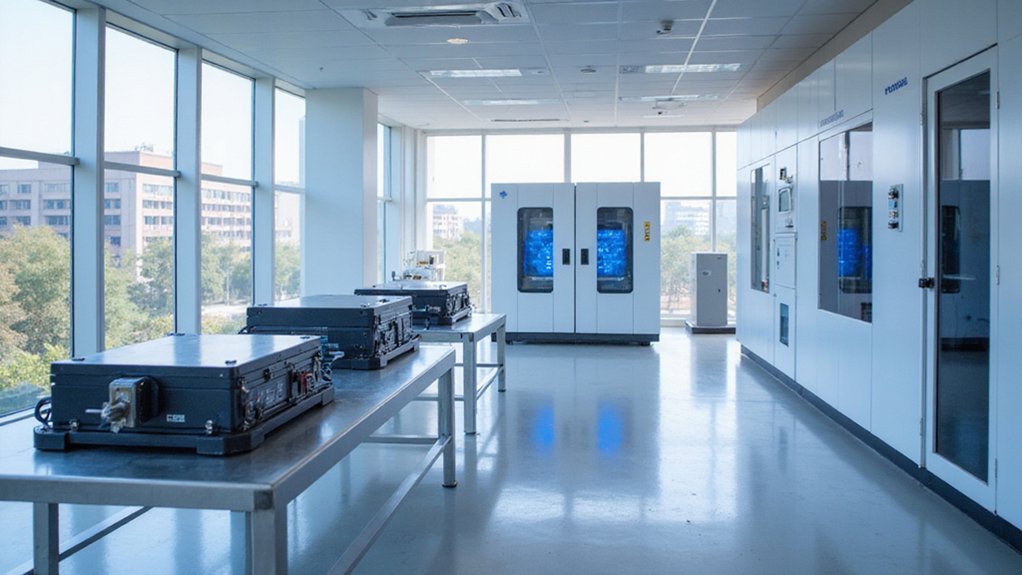ByteDance’s planned wind-powered data center in Brazil could be game-changing. The massive 1-gigawatt facility at Pecem port would leverage strong coastal winds, creating tech jobs while serving Latin American markets. Hey, TikTok videos need servers too! This $8.8 billion investment follows similar moves in Thailand, potentially transforming Brazil’s economic landscape. Local officials are drooling over the foreign investment. The regulatory benefits aren’t bad either—storing data locally tends to make governments happy.
The digital winds of change are blowing through Brazil. ByteDance, TikTok‘s parent company, is eyeing the development of a massive wind-powered data center in the country’s northeastern Ceará state. Yeah, you heard that right. The social media giant wants to build a facility that could eventually reach a whopping 1 gigawatt of capacity. That’s not just big—it’s massive.
The proposed site at the Pecem port complex isn’t random. The area boasts impressive wind resources, perfect for a company trying to greenwash—er, demonstrate its environmental credentials. ByteDance is in talks with Casa dos Ventos, a renewable energy producer, to make this happen. Smart move. They’ll need the expertise.
ByteDance’s choice of wind-rich Pecem isn’t coincidental—greenwashing needs the right backdrop and local expertise.
This comes just months after ByteDance announced an $8.8 billion investment in Thailand for data centers. They’re not messing around with their global expansion. Brazil represents a strategic foothold in the Western Hemisphere, connecting to submarine cable landings and serving the growing Latin American market.
The project could transform Brazil’s tech landscape overnight. Foreign direct investment, high-tech jobs, knowledge transfer—all the buzzwords politicians love. The second phase could expand capacity to 900 MW. That’s serious business.
Of course, timing is everything. With TikTok facing global scrutiny over data practices, building local storage facilities might help quiet some regulatory concerns. Brazil’s officials are probably drooling at the prospect of such investment. Who wouldn’t be? The initial development focuses on a 300-megawatt data center before potentially expanding further.
The project remains in exploratory phases as of April 2025. No concrete timelines yet. This initiative aligns perfectly with the company’s focus on innovative and sustainable solutions throughout its global operations. But the potential impact is clear: Brazil could leverage its abundant renewable resources to become a major player in the global data center industry. Wind power and data storage—a match made in tech heaven.
The company could achieve energy independence by using a resource with approximately 90% energy conversion efficiency, making it both environmentally and economically sound.
For a country keen to diversify its economy beyond traditional sectors, this represents a real opportunity. Will it transform Brazil into a tech powerhouse? Maybe. One thing’s certain—the digital landscape is changing fast. Real fast.
References
- https://renewablesnow.com/news/chinas-bytedance-mulls-wind-powered-data-centre-in-brazil-report-1274356/
- https://economictimes.com/tech/technology/tiktok-owner-weighs-data-center-project-in-brazil-sources-say/articleshow/120634569.cms
- https://www.verdict.co.uk/news/bytedance-data-centre-brazil/
- https://www.riotimesonline.com/bytedance-eyes-brazil-for-major-data-center-as-renewable-energy-drives-market-shift/
- https://www.ainvest.com/news/tiktok-brazilian-data-center-gambit-strategic-play-global-dominance-2504/





